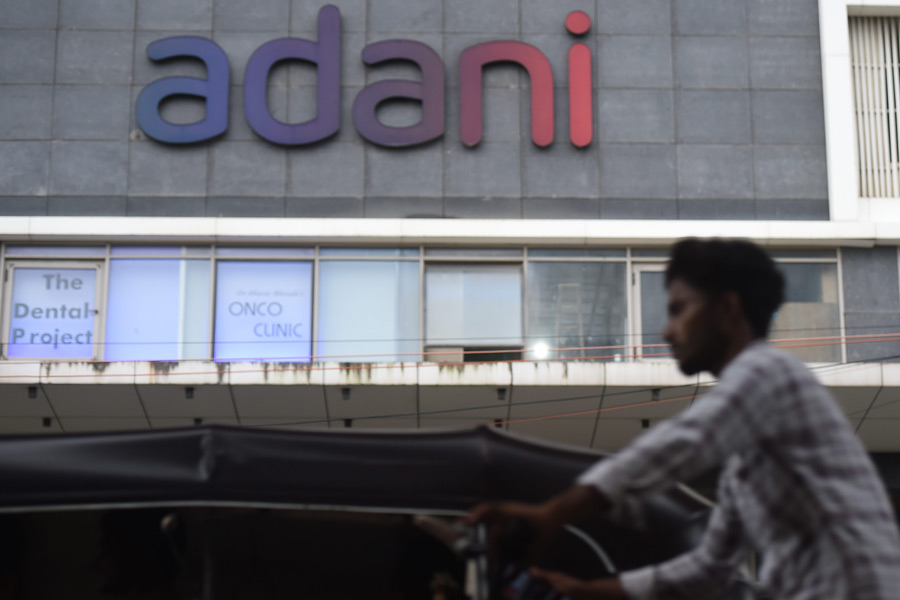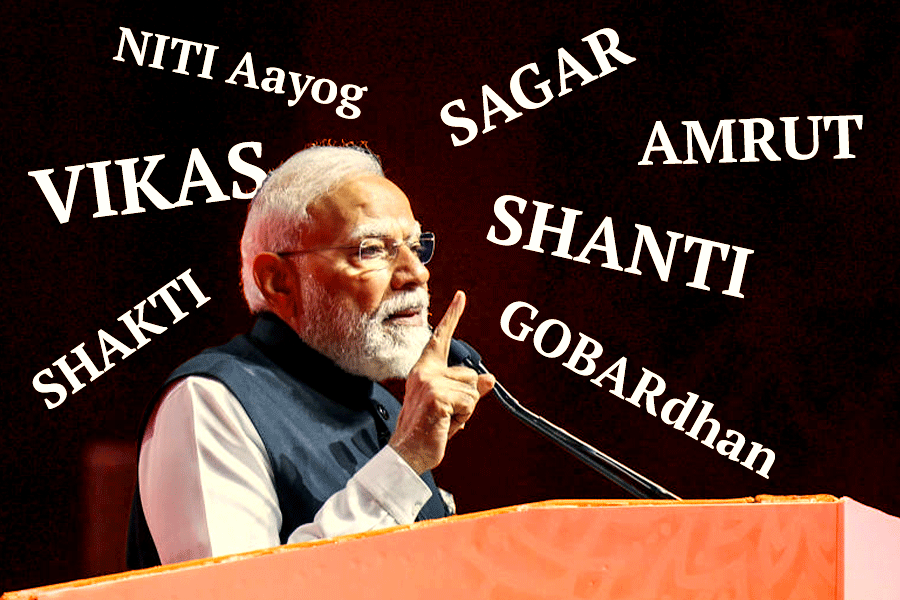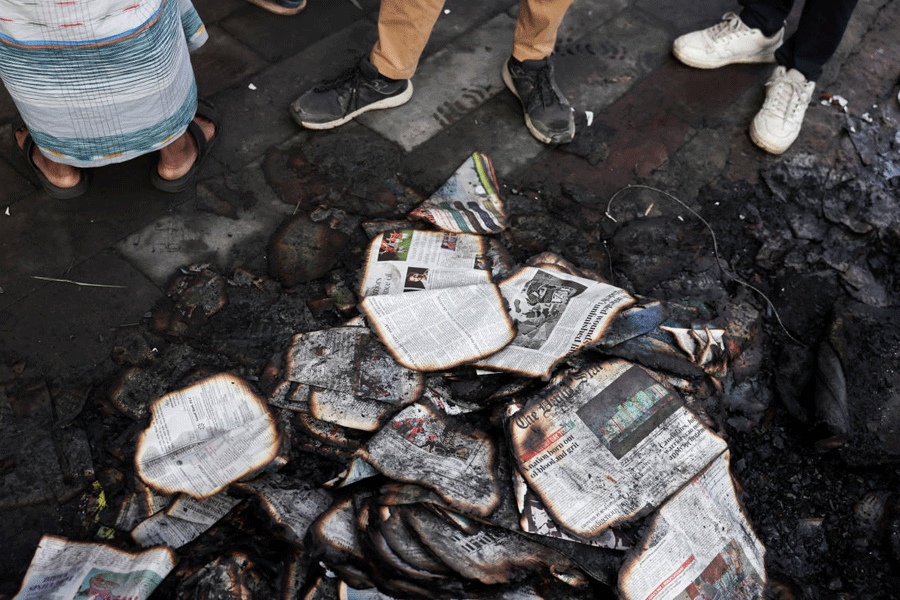 |
| On backfoot |
Agartala, Jan. 29: At a time when the rapid expansion of rubber cultivation is yielding rich returns to people, especially to those from the indigenous communities, the state government has decided upon a ceiling on land for rubber cultivation by amending the Tripura Land Reforms and Land Revenue Act, 1960.
The shape of the amendment and the ceiling was finalised in a meeting of the select committee of the state Assembly yesterday, despite vociferous protests from the Opposition members.
Before the finalisation of the amendment proposal, which will be passed in the upcoming Assembly session in February, there was no ceiling on land for cultivation of cash crops. But according to the amendment, no individual or family will be able to cultivate rubber on land beyond the ceiling of 60.15 acres of land.
“I had objected to this but in the select committee of any legislature the Opposition is always in a minority and despite our protests the government got the proposed amendments cleared by the strength of their majority,” said former leader of the Opposition and sitting Congress MLA Ratanlal Nath.
Nath said when the tenth amendment of the act had been first mooted last year, the government had sought to enforce an equivalence in value of arable land and tilla (fallow elevated) land. “The valuation of land ownership had a 1:3 ratio which means the valuation of three acres of tilla land was equivalent to one acre of arable land, but the government proposed to make the ratio 1:1,” said Nath.
In the face of protests the state government relented but stuck to the maximum limit of 60.15 acres of land for rubber cultivation. A family can have a maximum of 18 acres of arable land and 60.15 acres of tilla land. Anyone having rubber cultivation beyond the ceiling limit will be divested of the ownership of the excess land and it will be vested in the government at a nominal price.
The select committee’s decision on the amendment has sparked serious resentment among people. “This will not be acceptable as many indigenous families have land beyond the ceiling limit. This tilla land has been yielding good money to the indigenous people through rubber cultivation. Besides, 1.2 lakh indigenous families have been allotted land under the Right to Forest Act, 2006, and the ceiling will stand in the way of the utilisation of the allotted land,” said Jagadish Debbarma, general secretary of the regional INPT.
He said his party would launch a statewide agitation to press for repeal of the amendment. He referred to a document circulated by the leadership of the Gana Mukti Parishad (GMP), the CPM’s front organisation, among indigenous people, at a conference last month. “The GMP or the CPM leadership is concerned that the indigenous people were growing rich and there was upward class mobility. This clearly shows that the CPM wants the indigenous people to languish in poverty so that they can be used as a vote bank,” said Jagadish.
However, CPM office secretary Haripada Das dismissed the contention of the INPT general secretary as “baseless and motivated”.
“Rubber mono culture cannot be allowed to proliferate in an unbridled manner. No political motive should be seen in the decision on ceiling,” Das said.











